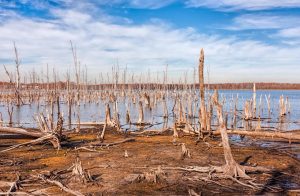At Tata & Howard, we place high value on teamwork. In fact, it is one of our five core values on which the firm was founded 25 years ago. Teamwork is important on many levels. Working as a team internally ensures that our clients are receiving the best, most innovative and technically accurate service on projects. Working as a cohesive team with our clients allows us to truly hear what our clients are saying, enabling us to understand their needs and concerns, and to work together to efficiently find solutions to their challenges.
 But team building doesn’t happen by chance; rather, it requires a concentrated effort from employee-owners at all levels in order to build and maintain positive and meaningful relationships. Because of this, Tata & Howard encourages and invests in activities that bring all of us closer together. A large part of our team building comes in the form of our Employee Stock Ownership Plan (ESOP). Since 2014, 100% of the stock in Tata & Howard has been owned by the employees, and since every member of the firm is an owner, the success of the firm becomes much more personal. Just like a football team that must work together to win championships (we might be talking about the Patriots here!), we also work together to deliver the best projects to our clients, enabling us to grow the firm.
But team building doesn’t happen by chance; rather, it requires a concentrated effort from employee-owners at all levels in order to build and maintain positive and meaningful relationships. Because of this, Tata & Howard encourages and invests in activities that bring all of us closer together. A large part of our team building comes in the form of our Employee Stock Ownership Plan (ESOP). Since 2014, 100% of the stock in Tata & Howard has been owned by the employees, and since every member of the firm is an owner, the success of the firm becomes much more personal. Just like a football team that must work together to win championships (we might be talking about the Patriots here!), we also work together to deliver the best projects to our clients, enabling us to grow the firm.

To further our ESOP culture of ownership, we have four dedicated ESOP committees: the ESOP Communications Committee, the Green Committee, the Wellness Committee, and the Philanthropy Committee. Working independently and together, these four committees strive to bring team building, a sense of community, physical and mental health, and positive change to the firm. To that end, the ESOP committees plan and fund numerous activities and initiatives throughout the year.

Some of our 2017 initiatives have included the purchase of flatware and the elimination of disposable utensils at all offices, a backpack drive to benefit disadvantaged high school students, participation in the Charles River Cleanup, a special night of teaching girls about engineering, employee-initiated and company matched donations to the Colonias program and to Water For People, a cookout at Hopkinton State Park, and several special lunches and after work events. Planned events include the Navajo Water Project 5K (everyone can participate! Click here for more info), a scavenger hunt at the Museum of Science followed by dinner at the Union Oyster House, an Operation Gratitude necessities drive for our nation’s veterans, a volunteering event at a local soup kitchen, and numerous other philanthropic and fun events.

Last week, the weather was spectacular, so the ESOP Communications Committee decided to host an after-hours cookout complete with grills, burgers, sides, beer, and lawn games. Employee-owners in Marlborough enjoyed chatting and lounging in the grass, as well as a bit of friendly competition in the form of 4-Square. Down in Connecticut, EOs chose a shady spot and enjoyed a variety of food as well as each other’s company. The Vermont and Maine offices had some team members in the field and on vacation, so they decided to postpone their events for a couple of weeks, but we’ve heard rumblings of a possible Portland Seadogs excursion in the near future!
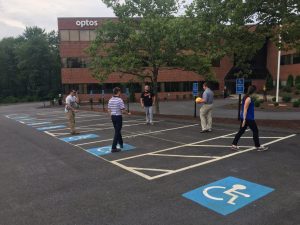 We believe that our team is what sets us apart and what makes the firm special, and the firm of choice for innovative solutions in the water environment. From working together on innovative projects — like the recently completed 8.0 mgd DAF Long Pond Water Treatment Plant in Falmouth, MA or the under construction 7.0 mgd biological filtration Home Farm Water Treatment Plant in Shrewsbury, MA — to participating in philanthropic ventures and fun outings, the Tata & Howard team focuses on camaraderie, positivity, support, efficiency, and innovation. By working and playing as a team, we bring out the best in each other and provide a superior level of service and productivity to our clients. And the best part is that we have fun while doing it!
We believe that our team is what sets us apart and what makes the firm special, and the firm of choice for innovative solutions in the water environment. From working together on innovative projects — like the recently completed 8.0 mgd DAF Long Pond Water Treatment Plant in Falmouth, MA or the under construction 7.0 mgd biological filtration Home Farm Water Treatment Plant in Shrewsbury, MA — to participating in philanthropic ventures and fun outings, the Tata & Howard team focuses on camaraderie, positivity, support, efficiency, and innovation. By working and playing as a team, we bring out the best in each other and provide a superior level of service and productivity to our clients. And the best part is that we have fun while doing it!

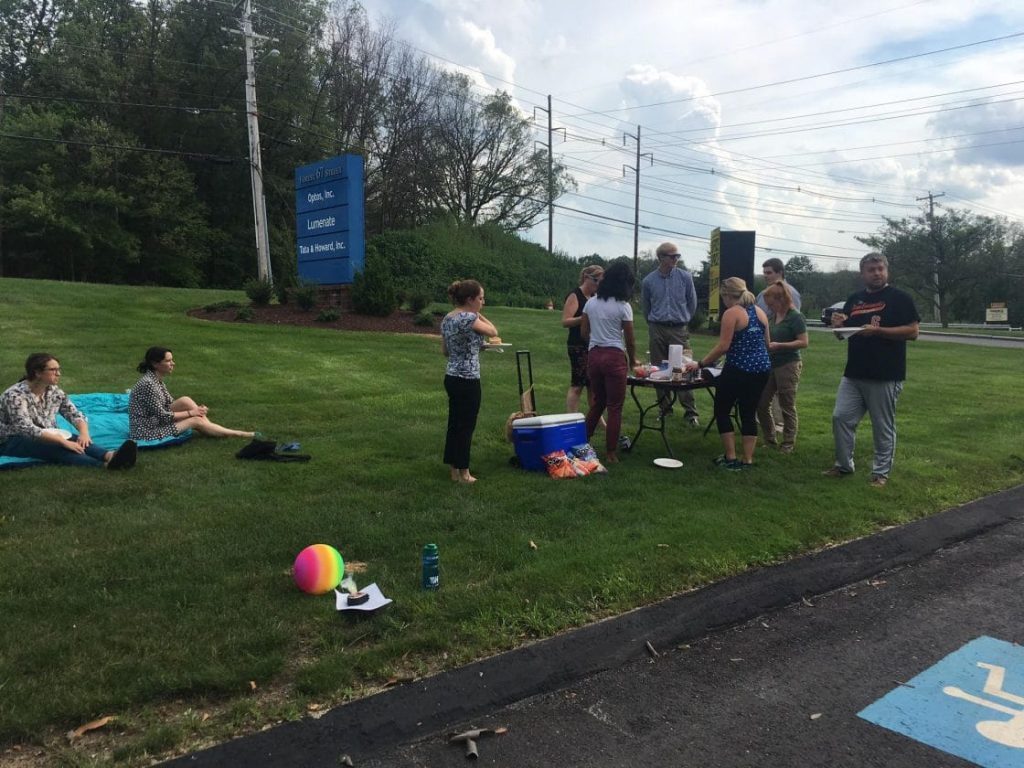


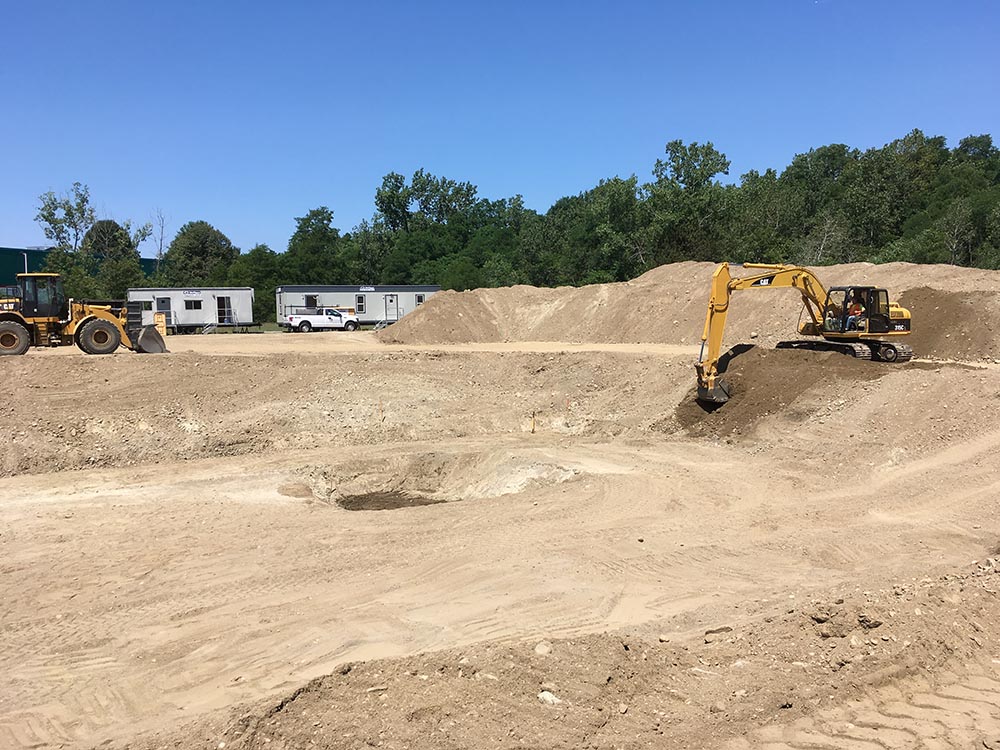
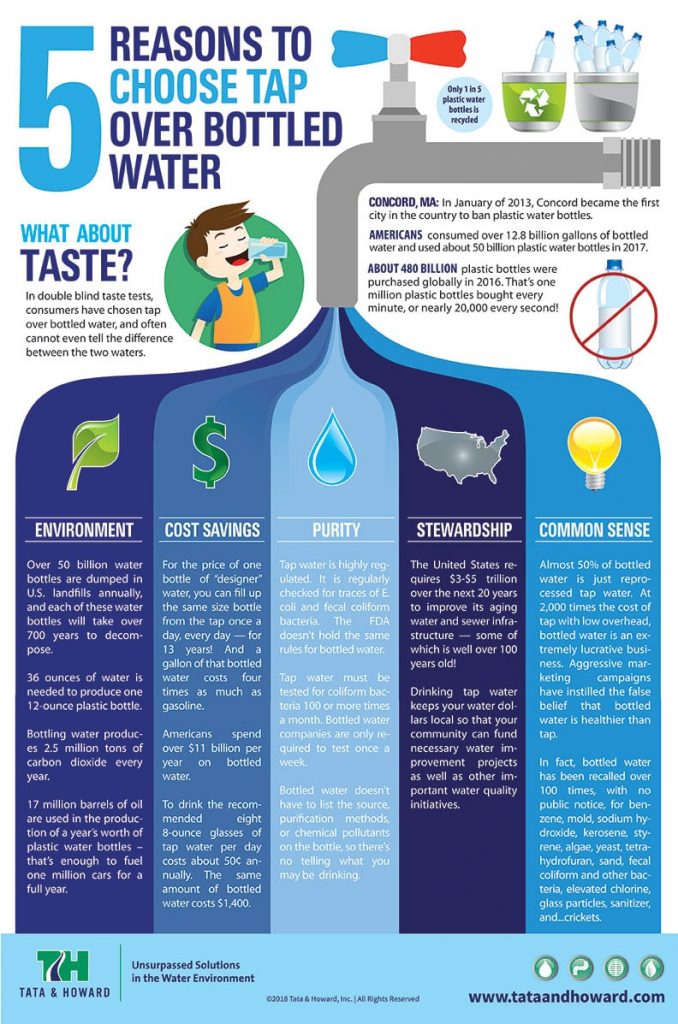

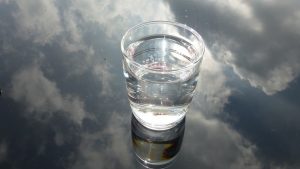 Each municipality and utility is responsible for making sure that its assets, including water, wastewater, and/or stormwater systems, stay in good working order, regardless of the age of its components or the availability of additional funds. This requirement makes properly maintaining and monitoring assets paramount. With limited resources, an asset management plan can help municipalities and utilities maximize the value of their capital as well as their operations and maintenance dollars. Asset management is a scalable approach that can be utilized by all types of systems, of any size.
Each municipality and utility is responsible for making sure that its assets, including water, wastewater, and/or stormwater systems, stay in good working order, regardless of the age of its components or the availability of additional funds. This requirement makes properly maintaining and monitoring assets paramount. With limited resources, an asset management plan can help municipalities and utilities maximize the value of their capital as well as their operations and maintenance dollars. Asset management is a scalable approach that can be utilized by all types of systems, of any size.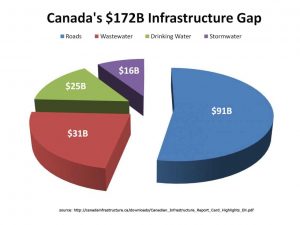 The
The 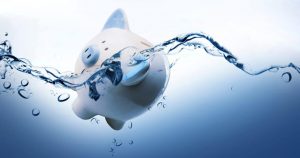 It is apparent that financial planning for municipalities and utilities must be based on sound asset condition projections from an engineering and operations perspective – not just financial assumptions. Customers are often adamantly against rate and tax increases; however, these sometimes-unavoidable increases are easier for customers to understand — and accept — when they are backed up with clear data showing exactly what system improvements are needed and why. There are many costs associated with municipality and utility operations and maintenance. One of these is the cost of asset ownership, a cost element not currently present in the audited financial statements of many municipalities and utilities. An asset management approach can aid municipalities and utilities in understanding the true costs associated with ownership and operation along with complying with government regulations.
It is apparent that financial planning for municipalities and utilities must be based on sound asset condition projections from an engineering and operations perspective – not just financial assumptions. Customers are often adamantly against rate and tax increases; however, these sometimes-unavoidable increases are easier for customers to understand — and accept — when they are backed up with clear data showing exactly what system improvements are needed and why. There are many costs associated with municipality and utility operations and maintenance. One of these is the cost of asset ownership, a cost element not currently present in the audited financial statements of many municipalities and utilities. An asset management approach can aid municipalities and utilities in understanding the true costs associated with ownership and operation along with complying with government regulations.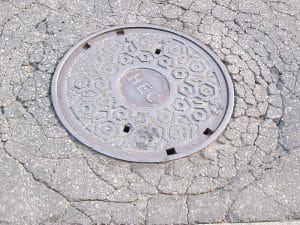 Finding and detecting failures such as leaks in the system
Finding and detecting failures such as leaks in the system
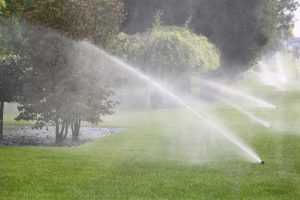 The summer months often go hand in hand with increased water demand and decreased supply. An influx of tourists combined with summer drought and increased outdoor water usage often leaves water systems feeling the pinch. Traditionally, water conservation has been limited to water use restrictions. However, increasing water efficiency is another way to address limited water supplies, with the added boon of providing economic and environmental benefit.
The summer months often go hand in hand with increased water demand and decreased supply. An influx of tourists combined with summer drought and increased outdoor water usage often leaves water systems feeling the pinch. Traditionally, water conservation has been limited to water use restrictions. However, increasing water efficiency is another way to address limited water supplies, with the added boon of providing economic and environmental benefit.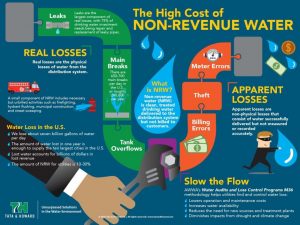
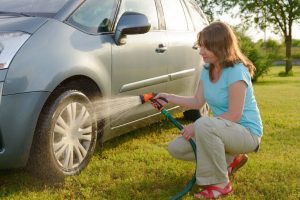
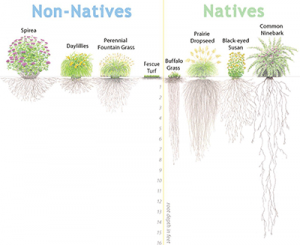
 Install water efficient toilets that use only 1.6 gallons per flush, and regularly check toilets for leaks. Leaky toilets are most often fixable by simply installing a new flapper. Try taking shorter showers and install water efficient showerheads. Only run the laundry or dishwasher when completely full, and consider replacing older models with newer, more water efficient ones. Repair leaking faucets and install water efficient faucet aerators to reduce water usage, and wash fruits and vegetables in a pan of water rather than running the faucet. Bonus: use the spent wash water to water house plants.
Install water efficient toilets that use only 1.6 gallons per flush, and regularly check toilets for leaks. Leaky toilets are most often fixable by simply installing a new flapper. Try taking shorter showers and install water efficient showerheads. Only run the laundry or dishwasher when completely full, and consider replacing older models with newer, more water efficient ones. Repair leaking faucets and install water efficient faucet aerators to reduce water usage, and wash fruits and vegetables in a pan of water rather than running the faucet. Bonus: use the spent wash water to water house plants. Summertime is a time for family and fun, and water restrictions shouldn’t put a damper on summer activities. Conscientious residential water usage combined with consistent, well-implemented municipal water audits results in a more cost-effective and environmentally friendly water system. Water conservation and efficiency benefits both consumers and municipalities, and provides a more sustainable water system for future generations.
Summertime is a time for family and fun, and water restrictions shouldn’t put a damper on summer activities. Conscientious residential water usage combined with consistent, well-implemented municipal water audits results in a more cost-effective and environmentally friendly water system. Water conservation and efficiency benefits both consumers and municipalities, and provides a more sustainable water system for future generations.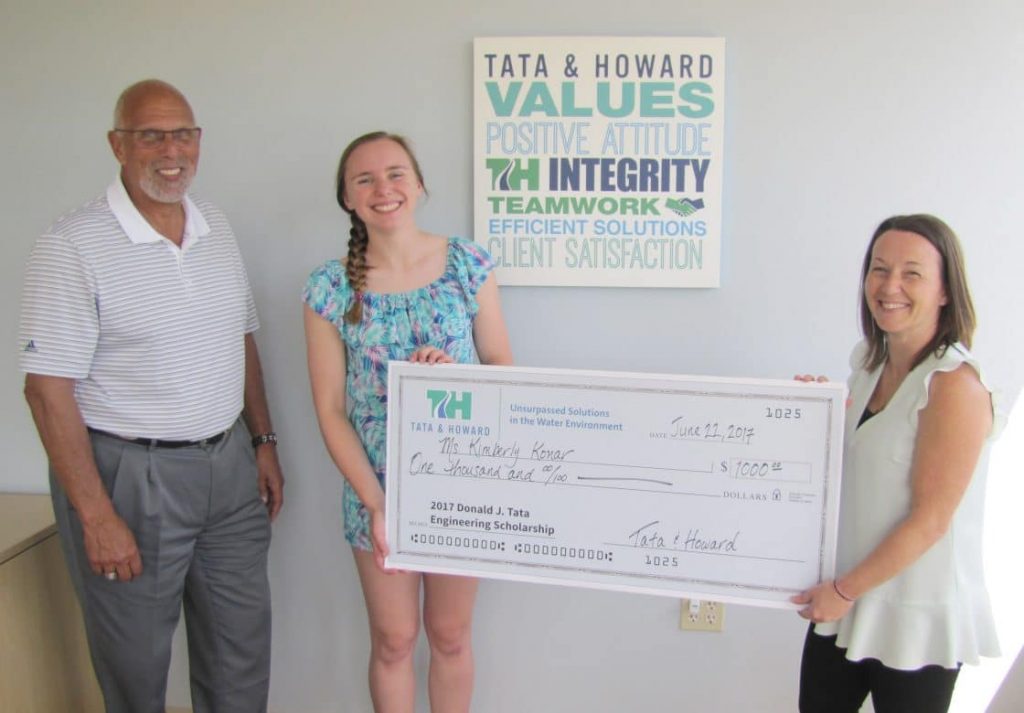
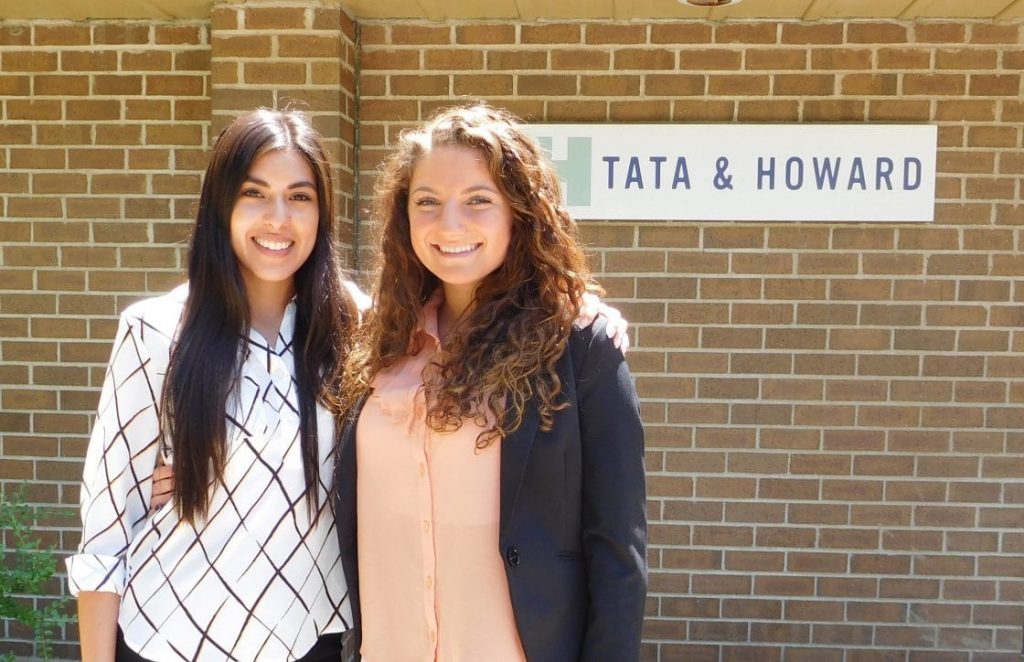

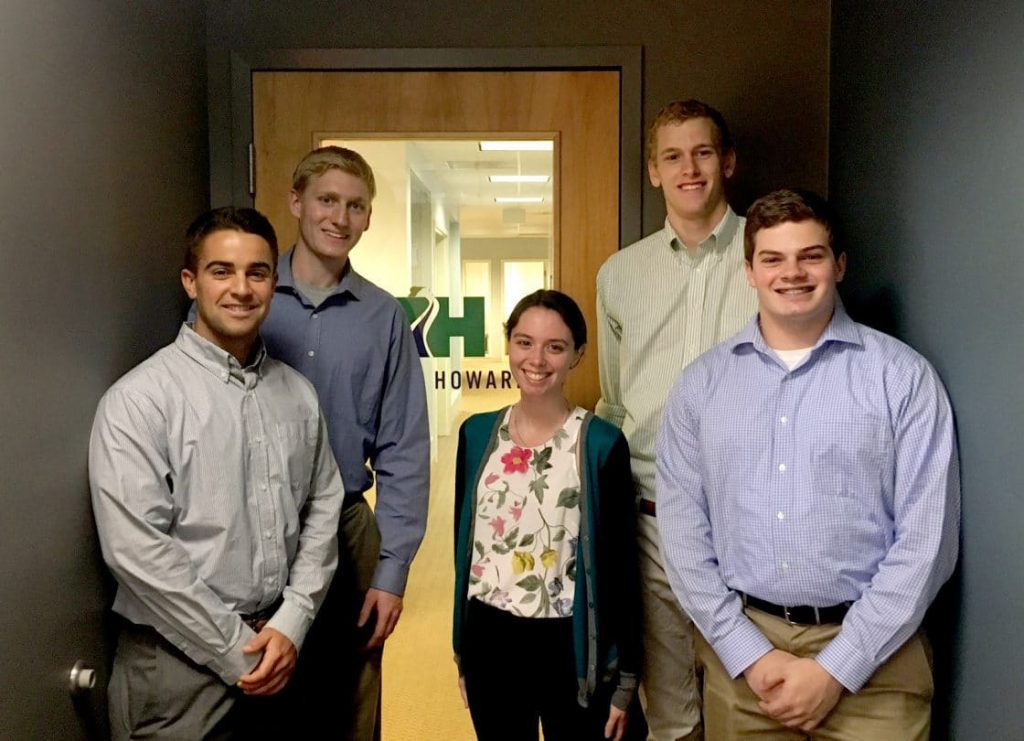
 This year, there is just one word for what we want to make World Environment Day: epic. The aim is for celebrations to be bigger and better than ever and to call on people to show their love and affection for our shared natural world.
This year, there is just one word for what we want to make World Environment Day: epic. The aim is for celebrations to be bigger and better than ever and to call on people to show their love and affection for our shared natural world. World Environment Day is the United Nations’ flagship day for encouraging worldwide awareness and action for the environment. Over the years, it has grown to be one of the largest global platforms for public outreach celebrated by over a million people in well over 100 countries.
World Environment Day is the United Nations’ flagship day for encouraging worldwide awareness and action for the environment. Over the years, it has grown to be one of the largest global platforms for public outreach celebrated by over a million people in well over 100 countries. This year we want to see if we can beat the highest number of activities celebrating the day with over 4,000 events taking place, over 20 million people hearing about the day online, and over 1.5 million people getting involved. So, here are three reasons why you should celebrate World Environment Day:
This year we want to see if we can beat the highest number of activities celebrating the day with over 4,000 events taking place, over 20 million people hearing about the day online, and over 1.5 million people getting involved. So, here are three reasons why you should celebrate World Environment Day: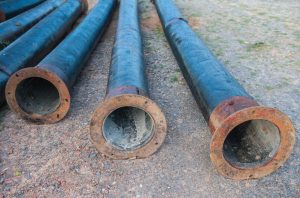 In recent years, water systems have been faced with challenges that are unique to modern times. Our nation’s buried infrastructure is reaching a critical juncture in that it is nearing or has reached the end of its useful life, or is in dire need of replacement due to the presence of lead. At the same time, climate change is affecting supplies, while a burgeoning population is creating a larger demand. And as we increase our knowledge about the dangers of additional contaminants in our drinking water, utilities are saddled with increased regulations that require strict compliance by specific deadlines. Obtaining compliance often requires extensive upgrades or completely new infrastructure, all of which come with a high price tag.
In recent years, water systems have been faced with challenges that are unique to modern times. Our nation’s buried infrastructure is reaching a critical juncture in that it is nearing or has reached the end of its useful life, or is in dire need of replacement due to the presence of lead. At the same time, climate change is affecting supplies, while a burgeoning population is creating a larger demand. And as we increase our knowledge about the dangers of additional contaminants in our drinking water, utilities are saddled with increased regulations that require strict compliance by specific deadlines. Obtaining compliance often requires extensive upgrades or completely new infrastructure, all of which come with a high price tag. The proposed 2018 budget also budget cuts the Environmental Protection Agency (EPA) by 31%, or $5.7 billion. The EPA provides funding to water systems through its Drinking Water State Revolving Fund (DWSRF) and Clean Water State Revolving Fund (CWSRF) programs, both of which “provide communities a permanent, independent source of low-cost financing for a wide range of water quality infrastructure projects.”2 Considering that almost all spending on critical infrastructure such as drinking water, wastewater, and transportation is provided by the public sector, these cuts are expected to make a huge impact on available funding for critical water infrastructure projects.
The proposed 2018 budget also budget cuts the Environmental Protection Agency (EPA) by 31%, or $5.7 billion. The EPA provides funding to water systems through its Drinking Water State Revolving Fund (DWSRF) and Clean Water State Revolving Fund (CWSRF) programs, both of which “provide communities a permanent, independent source of low-cost financing for a wide range of water quality infrastructure projects.”2 Considering that almost all spending on critical infrastructure such as drinking water, wastewater, and transportation is provided by the public sector, these cuts are expected to make a huge impact on available funding for critical water infrastructure projects.
